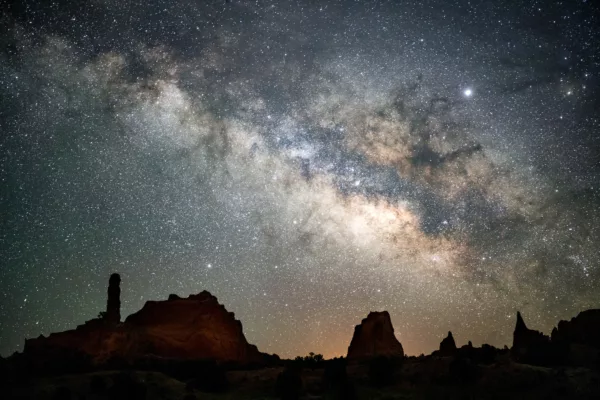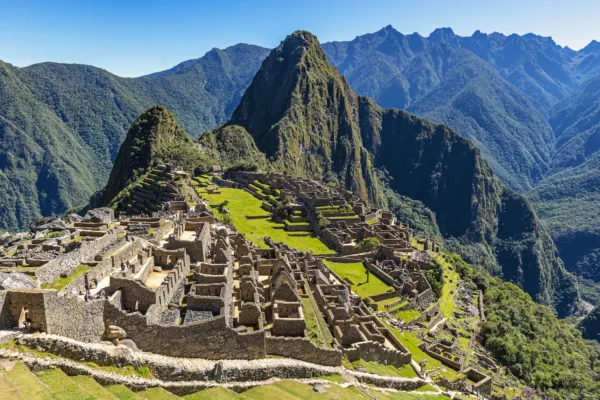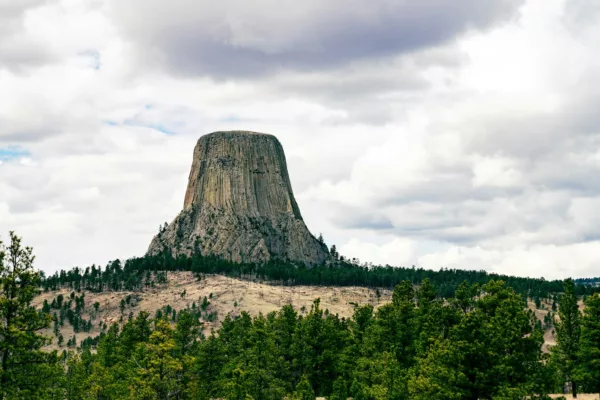Winter Paddling: for the Bravest Canadians
The landscape is picturesque, snow-capped and quiet, with water that can be just as wild as the surrounding backcountry—at times, strewn with chunks of ice, and in other moments, still and calm.
Paddling Canadian waters in the wintertime can be a tranquil, rewarding and humbling experience. It drops you right into the thick of the natural world at Mother Nature’s mercy.
Winter Canoeing, Kayaking and SUPing in Canada

As beautiful as it is, winter water can also be extremely dangerous. To make sure you have a safe journey, you must be well-prepared. A big part of that means wearing the right gear and packing the appropriate supplies. Some important things to remember:
- Wear a dry suit (or dry pants and a dry top).
- Dress in layers. Synthetic materials or wool make for good extra insulation. Avoid cotton.
- Wear a skull cap or a toque—your head is your central heating system.
- Eat and drink plenty of water both before and during your paddle to supplement for heat loss.
- Always pack a tow, just in case.
These particular stretches of water in British Columbia, Québec and Nova Scotia are gorgeous during every season, but are especially striking and unique during the winter months. The water and surrounding terrain are as diverse as the provinces they flow through.
Howe Sound, British Columbia
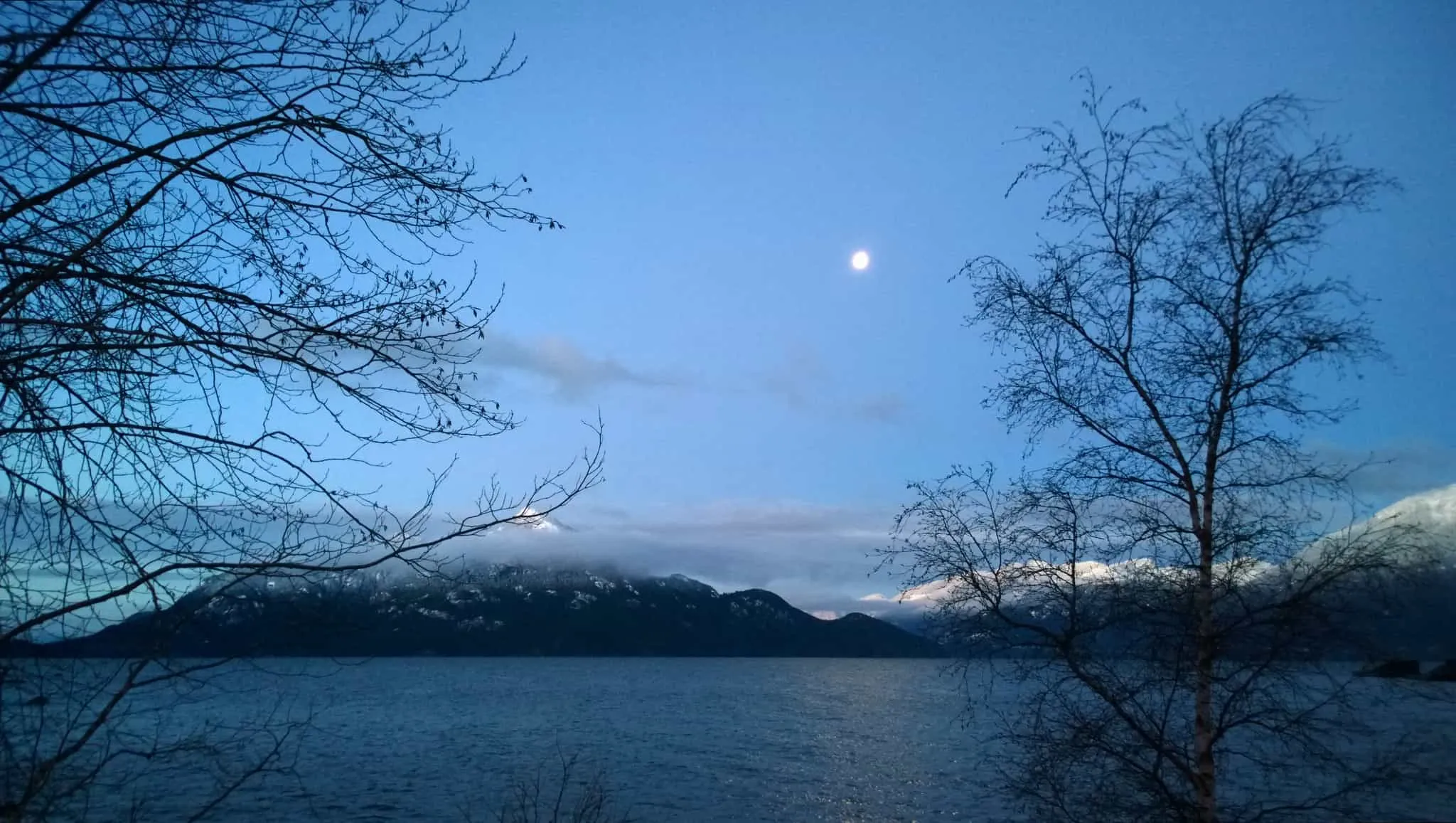
BC’s relatively mild climate combined with the typically favourable water conditions in-between storms and arctic outflow winds make for clear waters along Howe Sound. Certain stretches of the Squamish River and its 35-kilometre tributary, Mamquam River, are perfect for stand-up paddling, kayaking or canoeing. Expect to see trees dusted with white and sweeping views of the surrounding mountains.
Saint Lawrence River, Québec
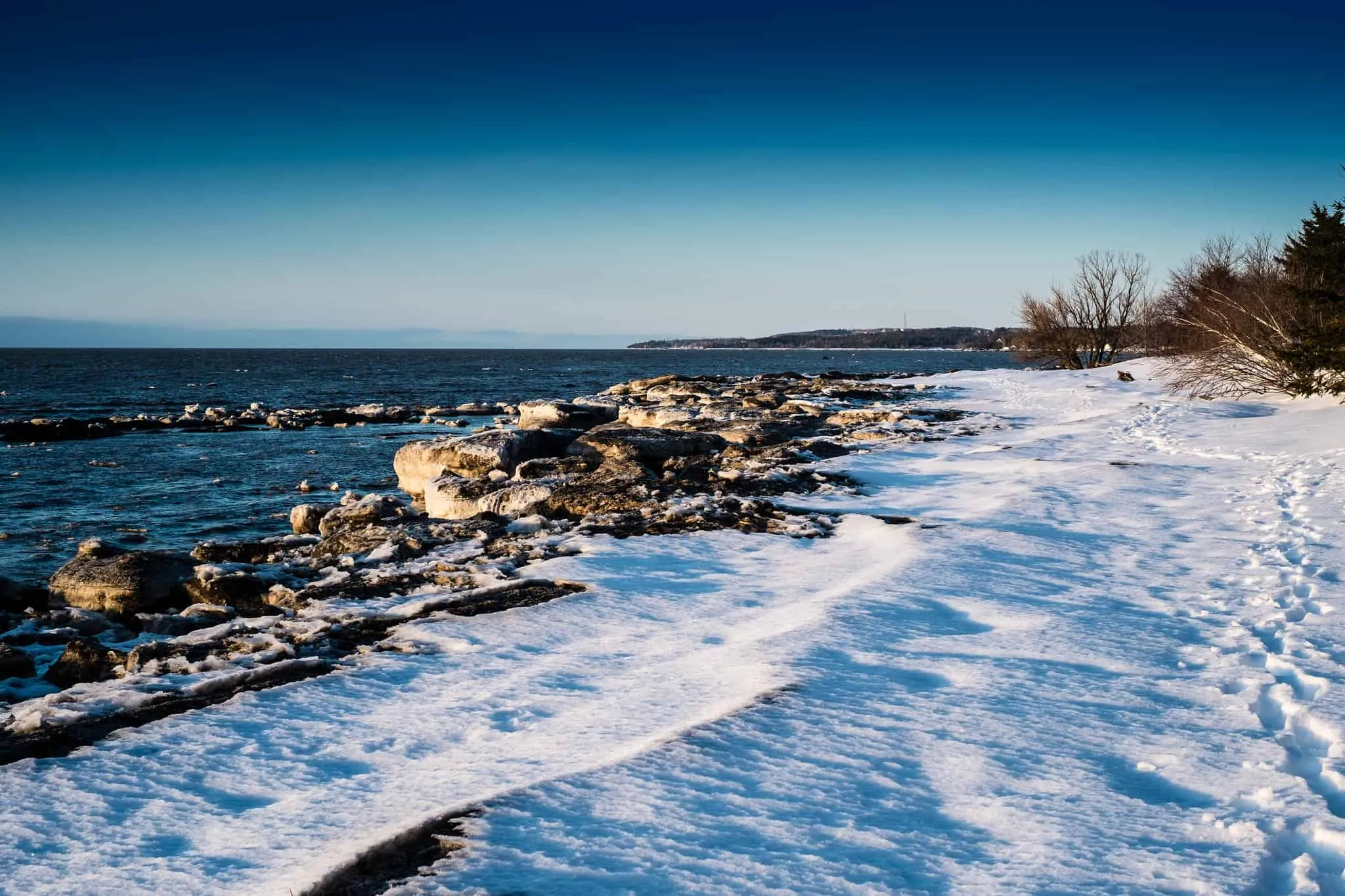
For especially strong paddlers—and a quintessential Canadian experience—try ice canoeing through Québec’s St Lawrence River. You’ll have to row part of the journey and “scooter” (one leg in the boat, one out pushing you along) your vessel along big slabs of frosty ice on other parts of it. The season begins mid-December and typically continues until March. Over 400 years ago, canoeing was originally the only means of water transportation before steamboats could break through the ice. In 1894, ice canoeing became an event at the Québec Winter Carnival. Now, there are local racing competitions throughout the province.
Kejimkujik National Park, Nova Scotia

The Mersey River is a historic route used for generations by the Mi’kmaq on journeys between the Bay of Fundy and the South Shore. As the water flows through Kejimkujik National Park, paddlers will experience the seclusion of the wild and little tastes of local culture. In some spots, paddlers will see the adjacent roadside. In others, there is only the protected shoreline, thick with hemlock and pine. The water can range from calm to flowing and icy to slushy, so this wintery adventure is for advanced paddlers only.
Have you paddled these waterways in winter?
We want to hear about it!
Comment below.
PS. Do you want to get equipped and challenged to live a more adventurous life?
Join the Live the Adventure Club.
Every three months, we’ll deliver a box full of brand-new adventure gear right to your door. Each box is valued at $150+ for only $97 plus tax!
Plus, you’ll be invited to join our Adventure Challenge Club, where we give away amazing gear prizes every week.

What are you waiting for? Sign up now!









